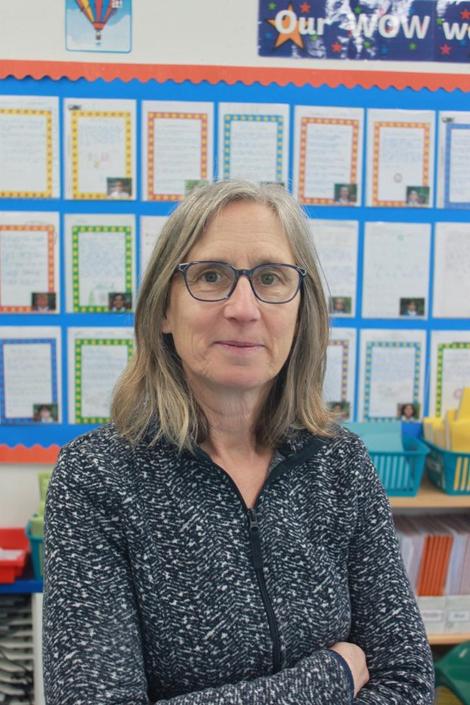Design and Technology
Meet the Design and Technology Lead
 I’m Ms Davies, the DT Lead here at St Andrew's, and I’ve had the pleasure of leading Design and Technology for the past five years. I’m a DIY enthusiast with a strong curiosity for how things work and a love for problem-solving. I’m passionate about teaching children to approach challenges with creativity and resilience. I also strongly believe in the value of fixing things and re-using materials for environmental reasons, helping children understand the importance of sustainability. Through our DT curriculum, I aim to inspire children to develop practical skills, think critically, and see the potential for innovation in everything they do.
I’m Ms Davies, the DT Lead here at St Andrew's, and I’ve had the pleasure of leading Design and Technology for the past five years. I’m a DIY enthusiast with a strong curiosity for how things work and a love for problem-solving. I’m passionate about teaching children to approach challenges with creativity and resilience. I also strongly believe in the value of fixing things and re-using materials for environmental reasons, helping children understand the importance of sustainability. Through our DT curriculum, I aim to inspire children to develop practical skills, think critically, and see the potential for innovation in everything they do.
Our Vision for Design and Technology
Our design technology curriculum is guided by the principles that everyone is different, everyone is special, and everyone is our neighbour. Pupils explore how design and innovation respond to diverse needs and reflect different cultures and contexts. By encouraging creativity, problem-solving, and resilience, we nurture each child’s unique abilities to imagine and create. Pupils learn to approach design ethically, using their skills to improve lives, promote fairness, and contribute to a more sustainable and caring world.
Design and Technology Teaching and Learning
Our design and technology curriculum encourages creativity, problem-solving, and hands-on learning. We use DT Project on a Page from the Design and Technology Association to ensure clear progression in skills and knowledge across the school. Each year, children complete three projects, following the full design cycle: exploring existing products, designing their own, producing a final piece, and evaluating their work. Practical skills are reinforced through a range of cross-curricular projects, allowing children to apply their learning in meaningful and engaging contexts.
Assessment in Design and Technology
Assessment in Design and Technology takes place throughout each project, with children's work being collated as they progress through the explore, design, produce, and evaluate cycle. This ongoing process allows teachers to recognise individual strengths and areas for development, ensuring all children make progress.
At the end of the project, a summative assessment evaluates the children's understanding and application of skills. It is important to recognise that success in DT is not solely about technical ability—while some children may excel in making and practical skills, others may demonstrate particular strengths in problem-solving, creativity, or evaluation. The assessment process values these different aspects, ensuring all children are recognised for their contributions and achievements.
By assessing across these areas, we support the development of well-rounded designers and problem-solvers, preparing children to think critically, adapt ideas, and approach challenges with confidence.
Key Documents
